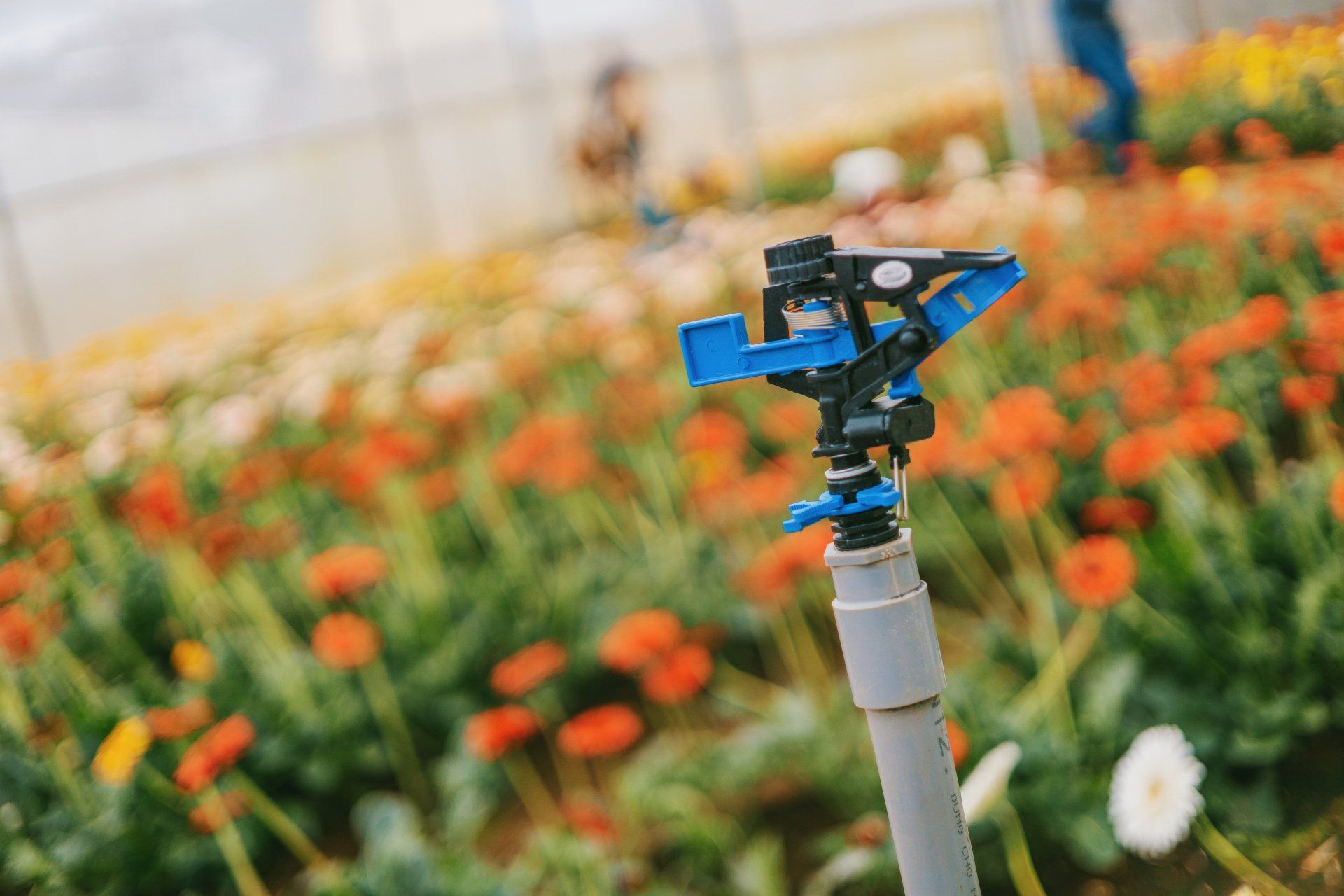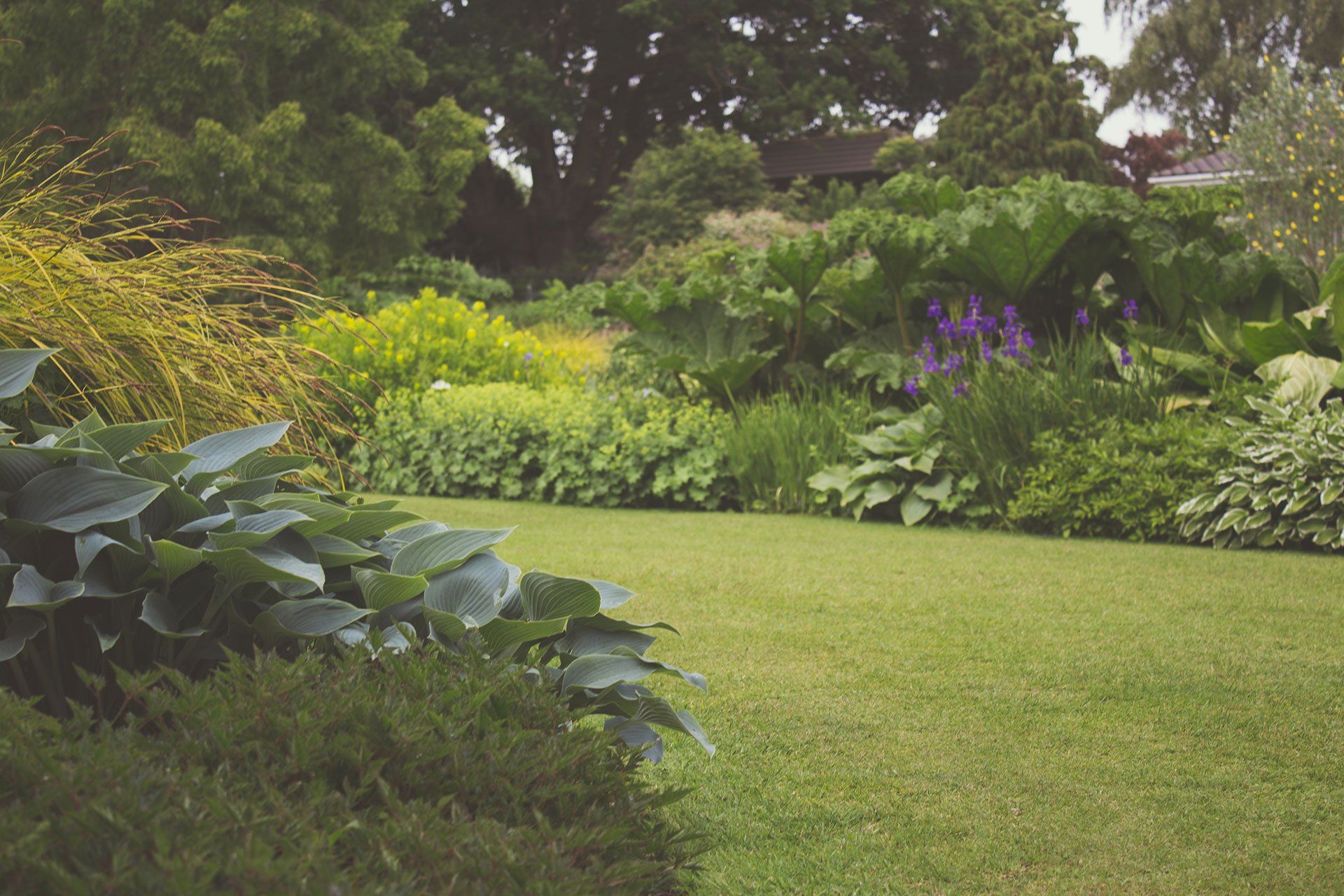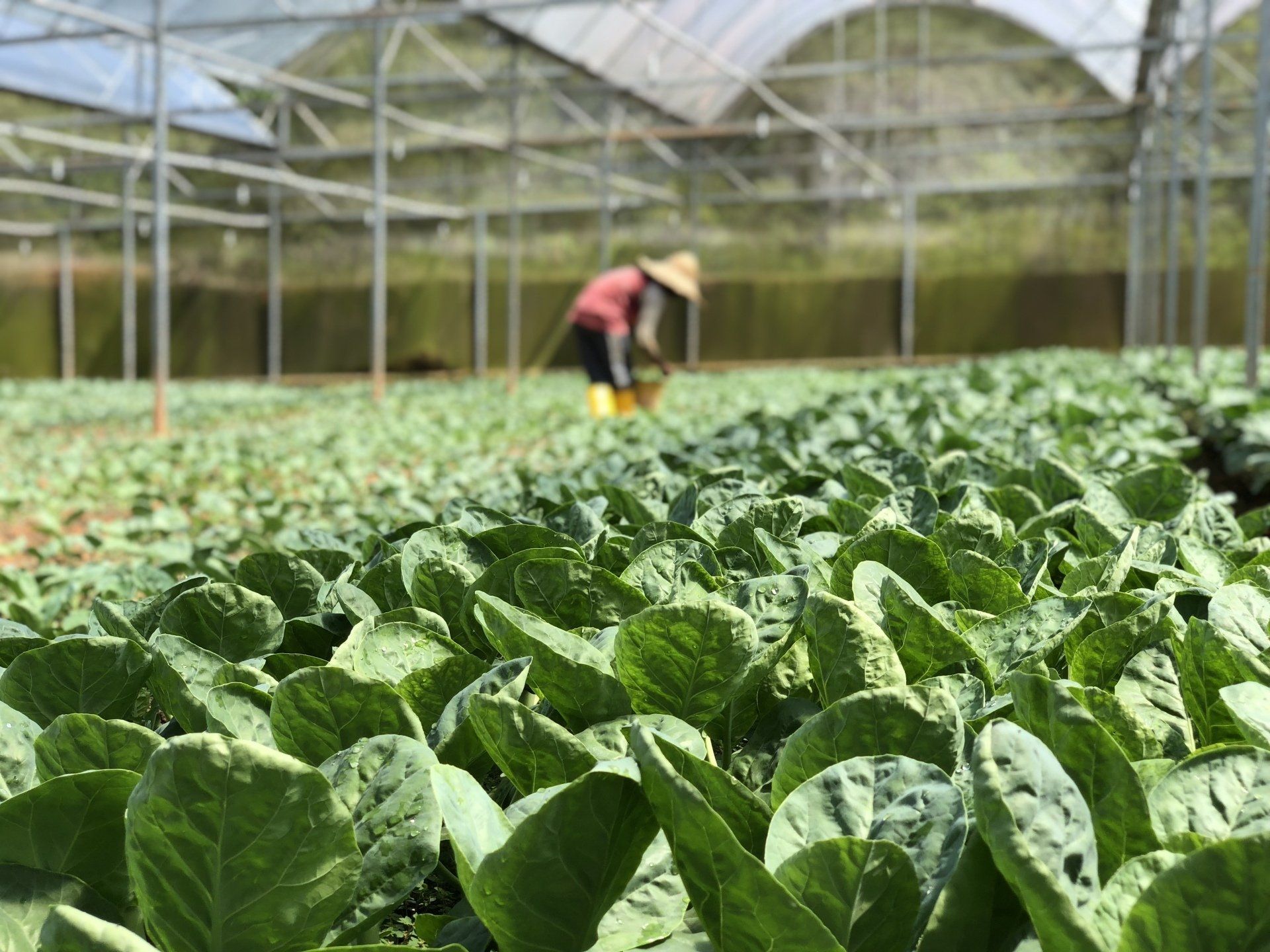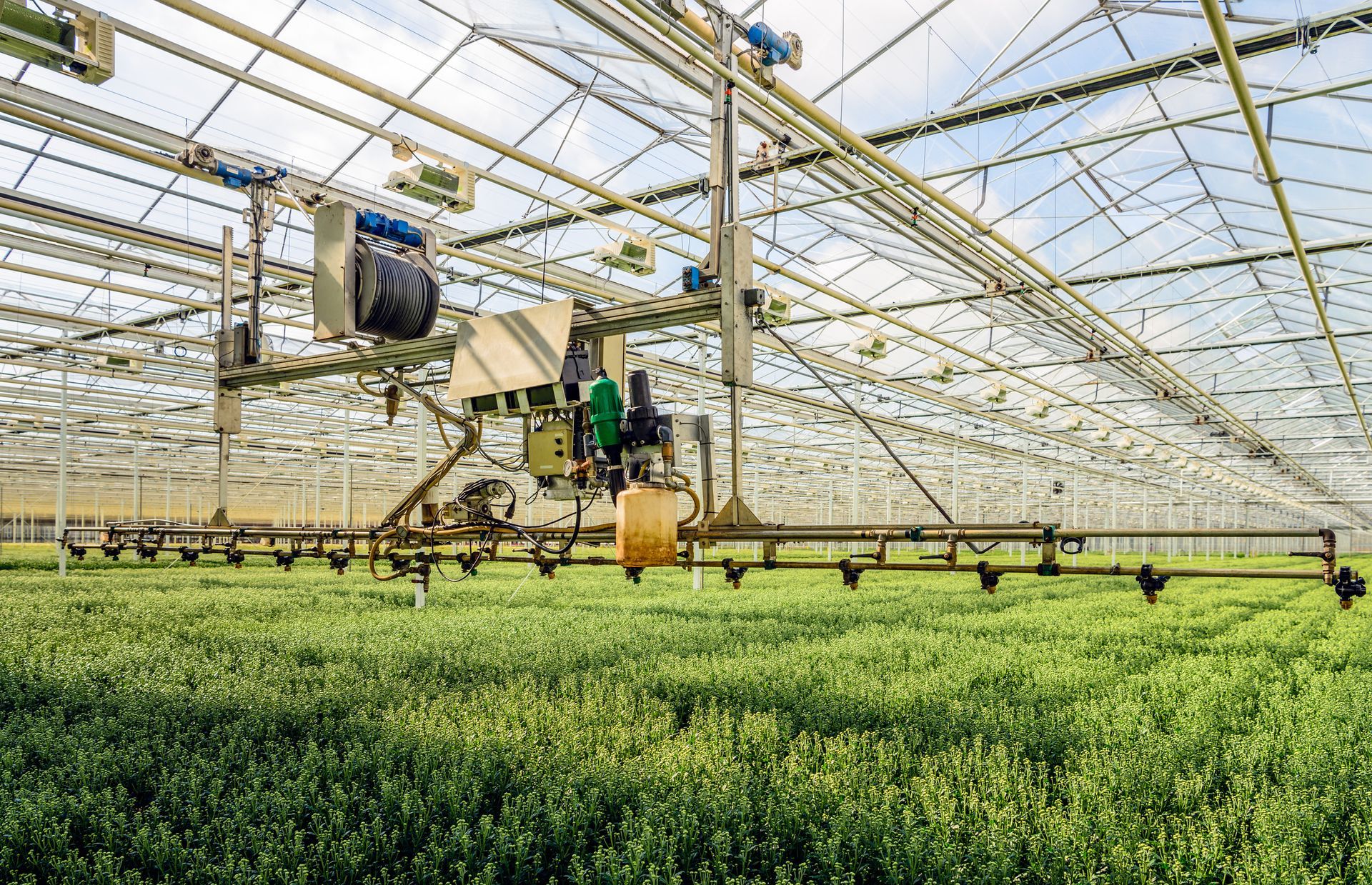A New Approach to Cooling Greenhouse Irrigation Water
A research project at a southwestern Ontario, Canada, greenhouse has found a sustainable method to cool the water that growers use to irrigate their greenhouse crops, improving both plant health and quality in the process.

Using funding from the Greenhouse Competitiveness and Innovation Initiative (GCII), Under Sun Acres Inc. has identified that water from a greenhouse’s stormwater management pond can be used to bring irrigation water to the ideal temperature the crops need, as opposed to using an electric or gas-powered cooling unit.
Irrigation water used for greenhouse crops is a combination of fresh water from natural sources such as wells and ponds, municipal sources, leach water that is disinfected and recirculated from within the greenhouse environment, and fertilizer. The ideal temperature for irrigation water is approximately 68 to 72°F throughout the growing season.
“Growers mix fresh water from the municipality with treated leach water to use for irrigation, but when it is warm in the greenhouse in the summer, the treated leach water is the same temperature,” Lucas Semple of Under Sun Acres Inc. “As you lower the temperature of the irrigation water, it increases the health of the plant by reducing plant stress.”
Many greenhouses already use water from their stormwater management ponds to cool the fresh water they get from municipal sources, but they have no control over the temperature of the treated leach water. Its temperature would stay high no matter how much the municipal water was cooled unless they use cooling units.
“We began pulling water from our pond and using a heat exchanger to cool the treated leach water, which lets us cool and control it,” he says. “The unknown for us was the pond – how will the pond water react and is the pond cool enough throughout the summer, for example?”
On top of the heat exchanger equipment, Semple installed a series of temperature sensors into the pond to monitor water temperature at different spots and help track where to take the water from during the growing season for the best results. The key is not being too aggressive in extracting cool water from the bottom of the pond early in the season so the pond water will still be cool enough to meet their temperature requirements during the hottest days of summer.
This project was supported through the Greenhouse Competitiveness and Innovation Initiative, a cost-share program funded by the Ontario government and delivered by the Agricultural Adaptation Council, on behalf of the Ontario Ministry of Agriculture, Food and Rural Affairs (OMAFRA).


Subscribe to our
Newsletter
Contact Us
Thank you for subscribing to our newsletter!
Please try again later.





